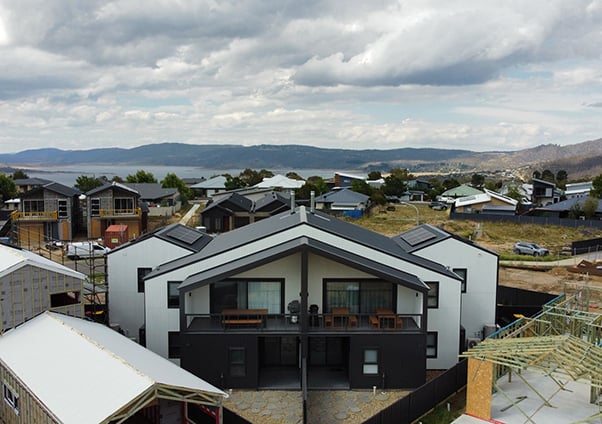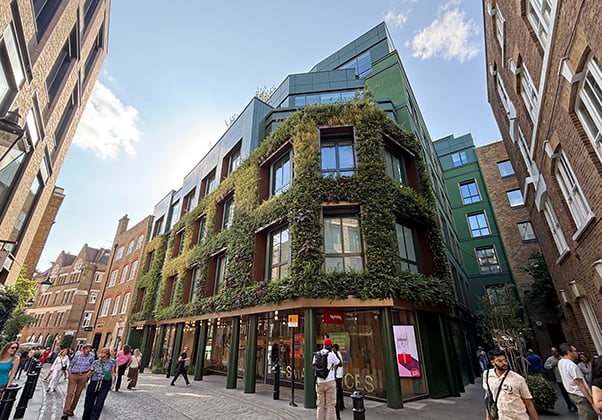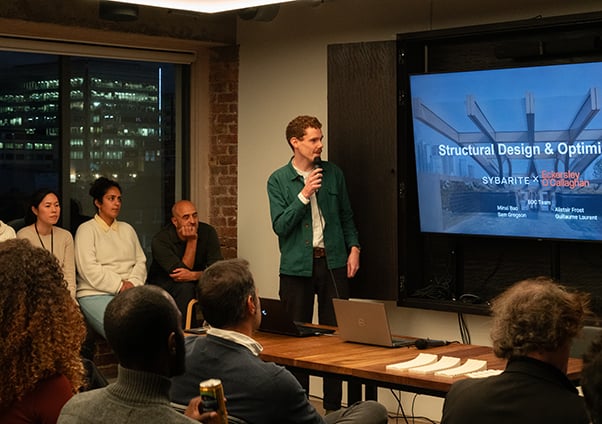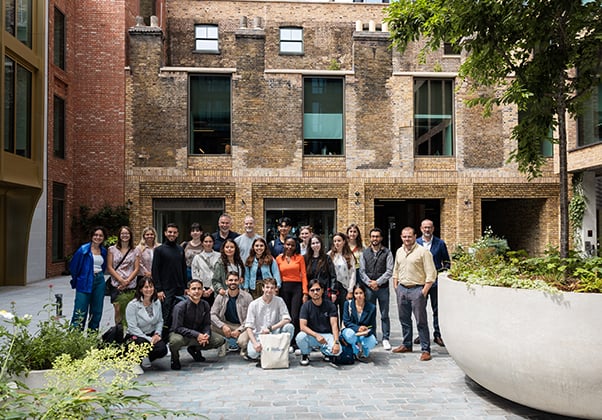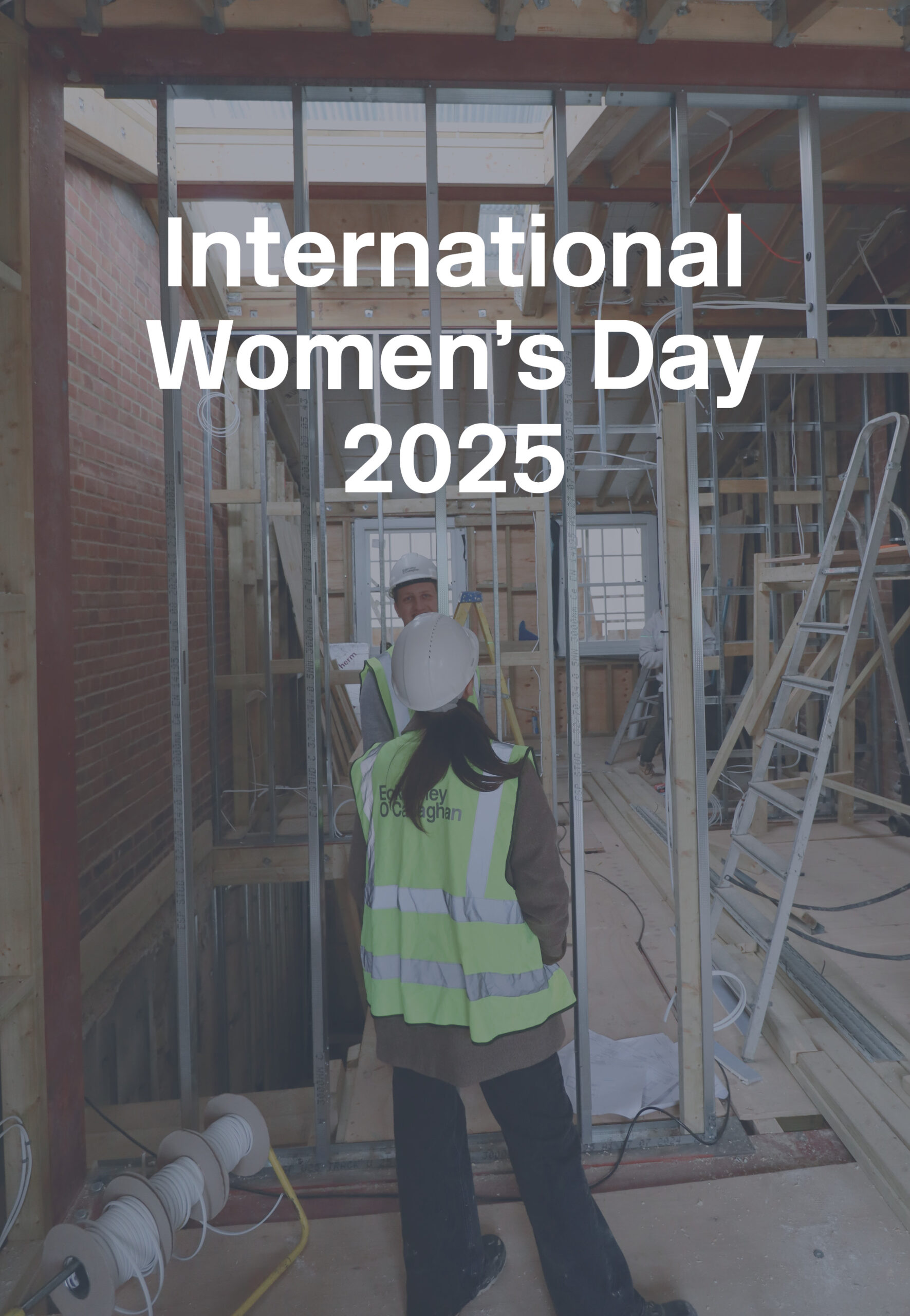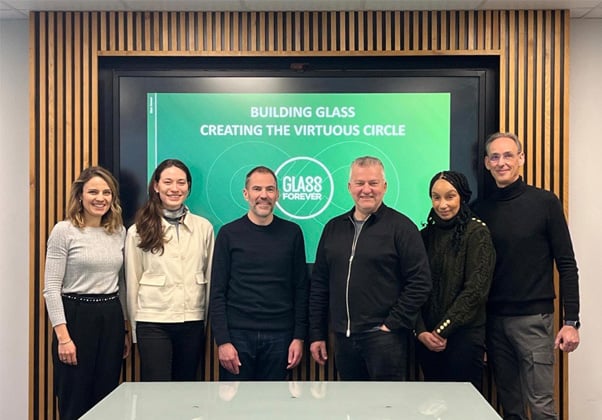Climate Friday | Do more with less – Internal shading systems analysis for high performance facades
12 August 2021
We tend to find internal blind systems are not considered as part of the performing envelope. Often, they are neglected by whole building energy models, because they are usually installed at tenant fit-out stages, and conventional wisdom is that they are ineffective at fighting solar gain as the heat they reflect is trapped inside the building. However, that is not always the case, and the correct specification of internal blinds, in combination with the right solar control coatings, can yield significant benefits in mitigating solar gain and saving energy costs.
Providing privacy or glare mitigation, internal blinds already characterise most glazing systems. They are easier to maintain than external and cavity blinds, but their potential environmental benefits are usually overlooked. Following the philosophy of doing more with less, we are exploring ways to better quantify their solar control benefits by looking more closely at their specification and including them in energy models.

Integrating an internal fit-out element to a performing component of the external envelope is a key challenge to achieving a holistic low-carbon design.
Eckersley O’Callaghan’s Alessandro Baldini and Anna Ioannidou-Kati carried out research on modelling and specification of internal blinds and developed an innovative workflow to include the blinds’ contribution to the performing envelope.
When the sun is hitting the glass and internal blinds are deployed, complex physical interactions occur that influence how the solar energy enters the room. Our initial review highlighted that many commonly used building-scale energy simulation tools are not capable of accounting for this complexity. Fortunately, more detailed calculation software is available in the existing Facade Engineer’s toolkit, allowing accurate calculation of the solar control performance of different combinations of blind systems and glass. These calculations can be used to generate solar control performance outputs (g-value) for both glazing alone (gglass) and glazing + blind systems (gtot).

Traditionally, blind spectral properties are selected and entered by the MEP Engineer directly into the building energy model, which struggles to account for the complex interactions that occur. We propose to shift the blind selection and calculation process to the Facade Engineer scope. This would allow early stage iterative studies to explore optimal solutions. System g-value outputs calculated by Facade Engineers can be shared as switchable glazing inputs into the energy models, simplifying the workflow and achieving more accurate results.

We are conducting further studies in collaboration with MEP engineers, software developers and product manufacturers with the mutual aim to encourage design teams to integrate the contribution of internal blinds to the overall building emission reduction.
The next step will be to look at how to specify the respective systems effectively where the blinds will likely be procured under a separate contract to the facade. We’d love to hear opinions from the industry on how this could be done best!
Read our paper in the conference proceedings: PowerSKIN Conference 2021

